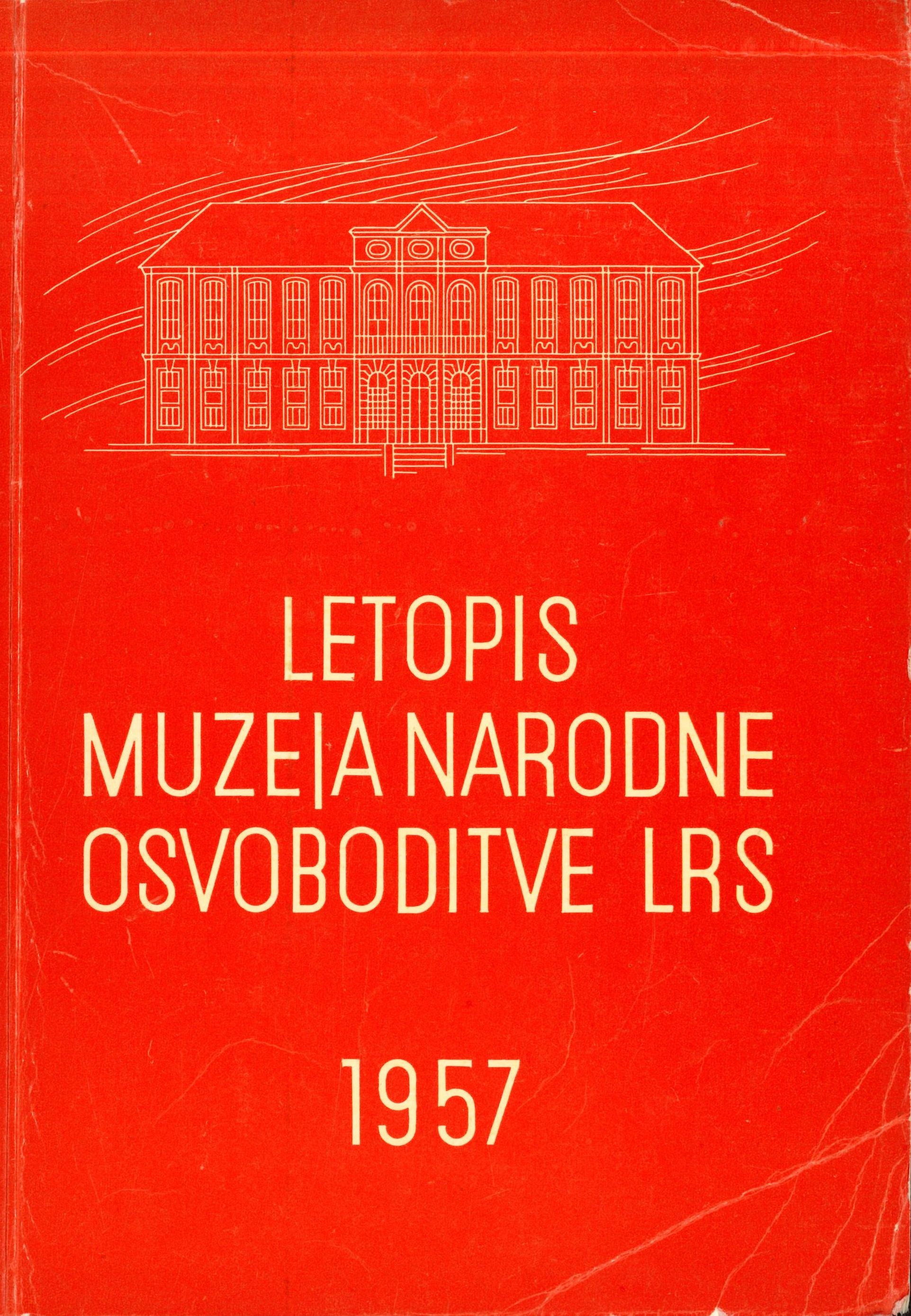Ilegalne tiskarne grafičnega oddelka »B« Pokrajinske tehnike KPS za Gorenjsko
(Časovni in številčni bibliografski prikaz izdelkov tiskarn po ohranjenem arhivskem gradivu v Muzeju narodne osvoboditve LRS)
Ključne besede:
druga svetovna vojna, NOB, partizanske tiskarne, partizanski tiskPovzetek
Ilegalno partizansko tiskarstvo je po padcu ilegalnih tiskarn v Ljubljani doživelo poseben razmah zopet po kapitulaciji Italije na Dolenjskem, ko sta bili preneseni v svobodne slovenske gozdove, tiskarni iz Novega mesta in Kočevja. Tudi Gorenjska je dobila že v decembru 1943 prvo ilegalno tiskarno, imenovano »Tiskarna OK KPS Kamnik« (pozneje imenovana 7-A), ki je začela delati v Šrajevi opekarni v Radomljah, se nato preselila v Rudnik nad Radomljam! in-nato v Kamniško Bistrico. Zaradi težavnejših zvez preko Save in ker se je zadrževalo vodstvo osvobodilnega gibanja za Gorenjsko (Oblastni komite KPS za Gorenjsko — odslej Obl. K KPS za Gor. in Pokrajinski odbor Osvobodilne fronte za Gorenjsko — odslej POOF za Gor.) na ozemlju, ugodnejšem za osvobodilno gibanje, t. j . na desnem bregu Save v območju Poljanske in Selške doline in ker je bila tu tudi »Pokrajinska tehnika KPS za Gorenjsko« (odslej PT KPS za Gor.), ki je organizacijsko povezala in vodila vse partizansko tiskarstvo na Gorenjskem, so začeli misliti na to, da bi postavili tudi na tem področju ilegalno tiskarno, saj ciklostilne tehnike, čeprav številne, niso mogle zadostiti z narodnoosvobodilnim tiskom vseh potreb Gorenjske.
Prenosi
Objavljeno
Številka
Rubrika
Licenca
Avtorji prispevkov, objavljenih v tej reviji, soglašajo z naslednjimi pogoji glede avtorskih pravic:
- Avtorji ohranijo avtorske pravice, reviji pa odobrijo pravico do prve objave. Delo se hkrati zaščiti z licenco za prosto uporabo avtorskih del (Creative Commons Attribution License), ki drugim osebam omogoča deljenje dela ob priznanju avtorstva in prve objave v tej reviji.
- Avtorji lahko sklenejo ločene dodatne pogodbene dogovore za neizključno distribucijo različice dela, objavljene v reviji, (npr. oddaja v institucionalni repozitorij ali objava v knjigi) z navedbo, da je bilo delo prvič objavljeno v tej reviji.
- Pred postopkom pošiljanja in med njim lahko avtorji delo objavijo v spletu (npr. v institucionalnih repozitorijih ali na svoji spletnih strani), k čemer jih tudi spodbujamo, saj lahko to prispeva k plodnim izmenjavam ter hitrejšemu in obsežnejšemu navajanju objavljenega dela (glej The Effect of Open Access).


